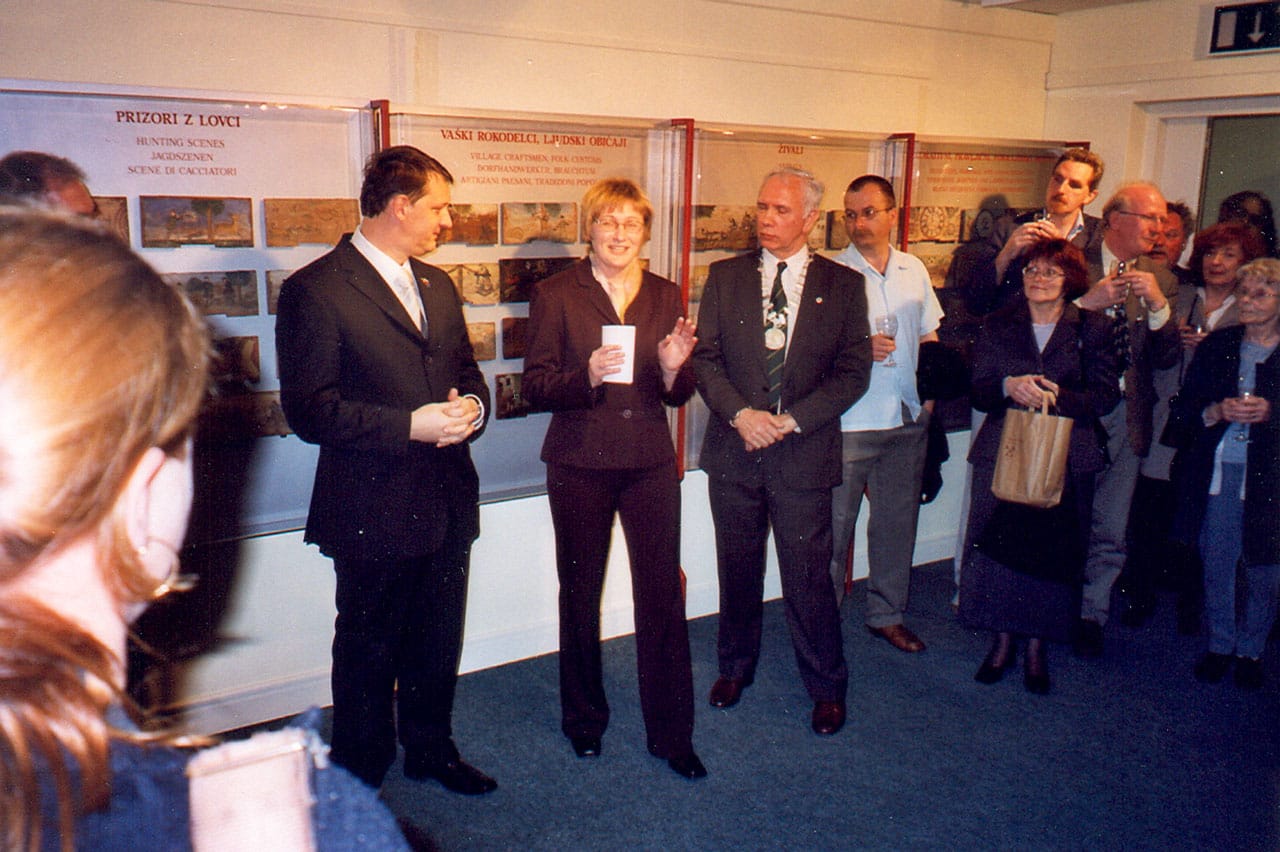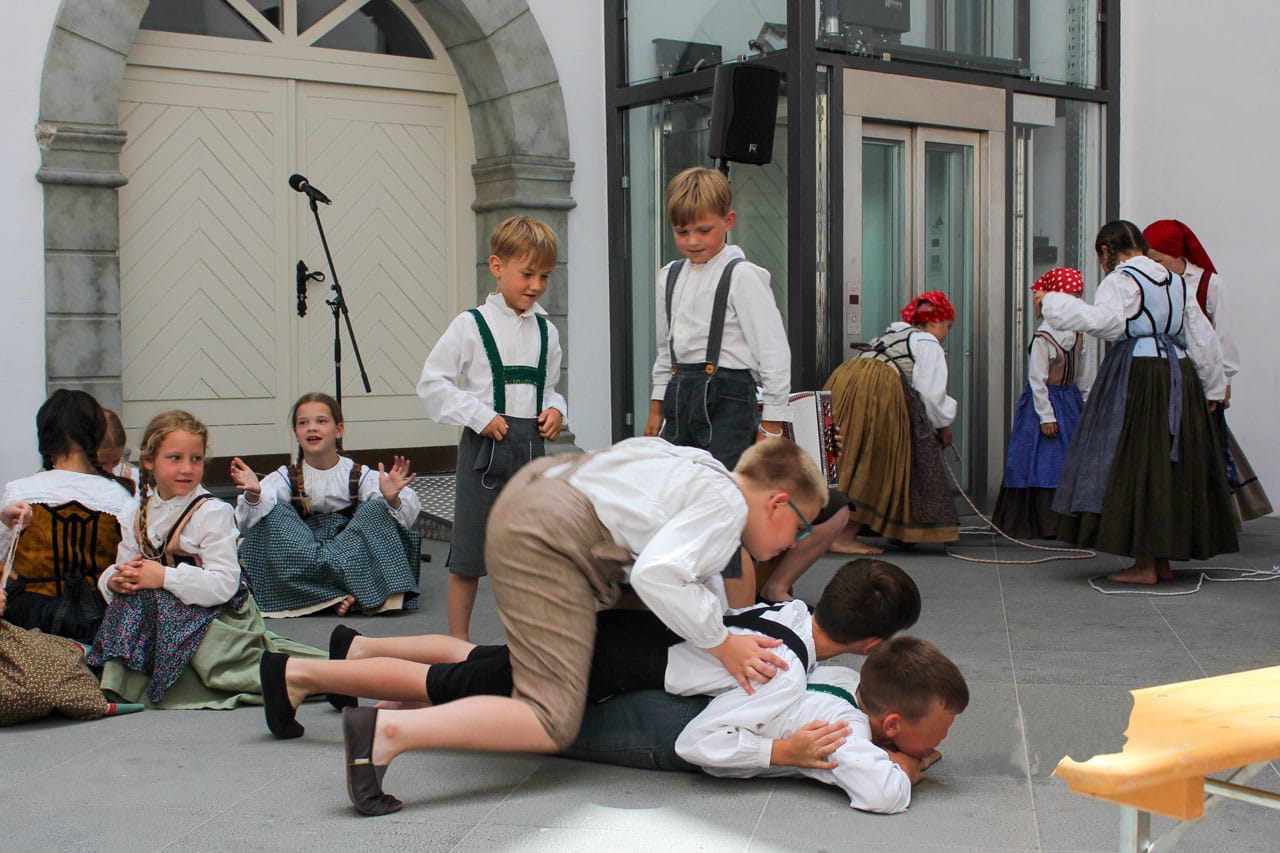Home / Museum of Apiculture / History of Museum of Apiculture
History of Museum of Apiculture
The Museum of Apiculture was founded in 1959 on the initiative and with the support of the Main Cooperative Union in Ljubljana, the Radovljica Municipal People’s Committee, and the Union of Beekeeping Associations of Slovenia. Establishment of the museum was welcomed by beekeepers from all over Slovenia, since they had strived for its establishment for a long time.
Since 1925, the Slovenski čebelar (Slovenian Beekeeper) magazine had repeatedly called for members to preserve and collect valuable items.
It succeeded and, in cooperation with the municipality of Radovljica, they managed to secure a space for the museum in the Baroque manor in the old town centre of Radovljica. The historic location adds special value to the museum, as well as its proximity to Breznica – the birthplace of the renowned beekeeper Anton Janša.
The Museum of Apiculture soon became known throughout Slovenia and the world. In 1973 the municipality of Radovljica included the museum – as one of the first three units – in the Radovljica Municipal Museums institute.
The permanent exhibition, which features unique painted beehive frontal panels, was joined some years ago by a live beehive observatory and a room dedicated to the presentation of apitherapy.
In addition to the permanent exhibition, the museum organises occasional exhibitions and also tours the world with its collection. The museum has exhibited its collection of painted beehive frontal panels in numerous European cities, from Berlin and Paris to Brixen and Szombathely, with a particularly important guest appearance in Limerick, Ireland, at the time of Slovenia’s accession to the European Union, and in Brussels, when Slovenia presided over the European Union.


